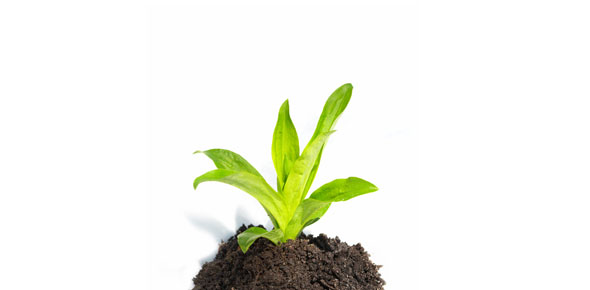Chapter 3 Cell To Organism Practice Quiz

Questions and Answers
- 1.
Animal cells do not have
- A.
Cytoplasm
- B.
Cell plates/wall
- C.
Centrioles
Correct Answer
B. Cell plates/wallExplanation
Animal cells do not have cell plates/walls. Cell plates/walls are found in plant cells and are responsible for providing structural support and protection. Animal cells, on the other hand, have a flexible cell membrane that allows for movement and flexibility. They rely on other structures, such as the cytoskeleton, for support and shape. Centrioles, which are involved in cell division, are also absent in most animal cells.Rate this question:
-
- 2.
If a cell has 22 duplicated chromosomes, how many chromatids does it have?
- A.
44
- B.
22
- C.
11
Correct Answer
A. 44Explanation
In a cell, each chromosome consists of two identical sister chromatids that are joined together. Therefore, if a cell has 22 duplicated chromosomes, it means that each of the 22 chromosomes has two sister chromatids. To find the total number of chromatids, we can multiply the number of duplicated chromosomes (22) by the number of sister chromatids per chromosome (2), which gives us a total of 44 chromatids.Rate this question:
-
- 3.
What type of cell divides by the cell membrane pinching togehter until the two cells split?
- A.
Plant
- B.
Animal
- C.
Chromosome
Correct Answer
B. AnimalExplanation
Animal cells divide by a process called cytokinesis, where the cell membrane pinches together until the two cells split. This process allows the animal cell to divide into two separate daughter cells. Plant cells, on the other hand, divide by a process called cell plate formation, where a new cell wall is formed between the two daughter cells. Chromosomes, on the other hand, are structures within the cell that contain genetic material and are involved in cell division, but they do not directly divide the cell.Rate this question:
-
- 4.
What are the differences between a prokaryote and a eukaryote?
- A.
The prokaryote does not have a membrane bound nucleus but the eukaryote does.
- B.
The prokaryote has more cell structures than a eukaryote.
- C.
The eukaryote has several celss.
Correct Answer
A. The prokaryote does not have a membrane bound nucleus but the eukaryote does.Explanation
The main difference between a prokaryote and a eukaryote is the presence or absence of a membrane-bound nucleus. Prokaryotes, such as bacteria, do not have a nucleus that encloses their genetic material, while eukaryotes, including plants, animals, and fungi, have a distinct nucleus that houses their DNA. This difference in cellular organization has significant implications for the complexity and functionality of these organisms.Rate this question:
-
- 5.
What are the three major types of tissue found in plants?
- A.
Vascular, dermal, and ground
- B.
Vascular, dermal and connective
- C.
Epithelial, dermal and vascular
Correct Answer
A. Vascular, dermal, and groundExplanation
The correct answer is vascular, dermal, and ground. These three types of tissue are found in plants. Vascular tissue is responsible for transporting water, nutrients, and sugars throughout the plant. Dermal tissue forms the outer protective layer of the plant, preventing water loss and protecting against pathogens. Ground tissue makes up the bulk of the plant and is involved in photosynthesis, storage, and support.Rate this question:
-
Quiz Review Timeline +
Our quizzes are rigorously reviewed, monitored and continuously updated by our expert board to maintain accuracy, relevance, and timeliness.
-
Current Version
-
Mar 21, 2023Quiz Edited by
ProProfs Editorial Team -
Nov 13, 2013Quiz Created by
Sfehskens


